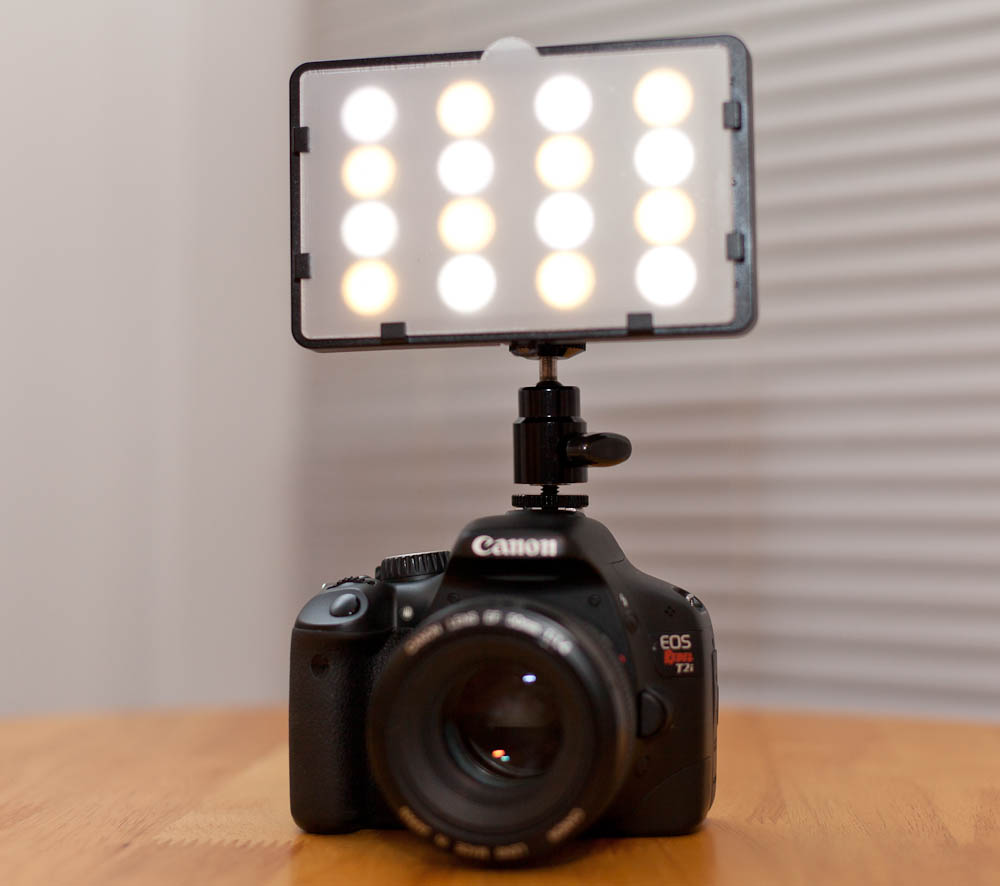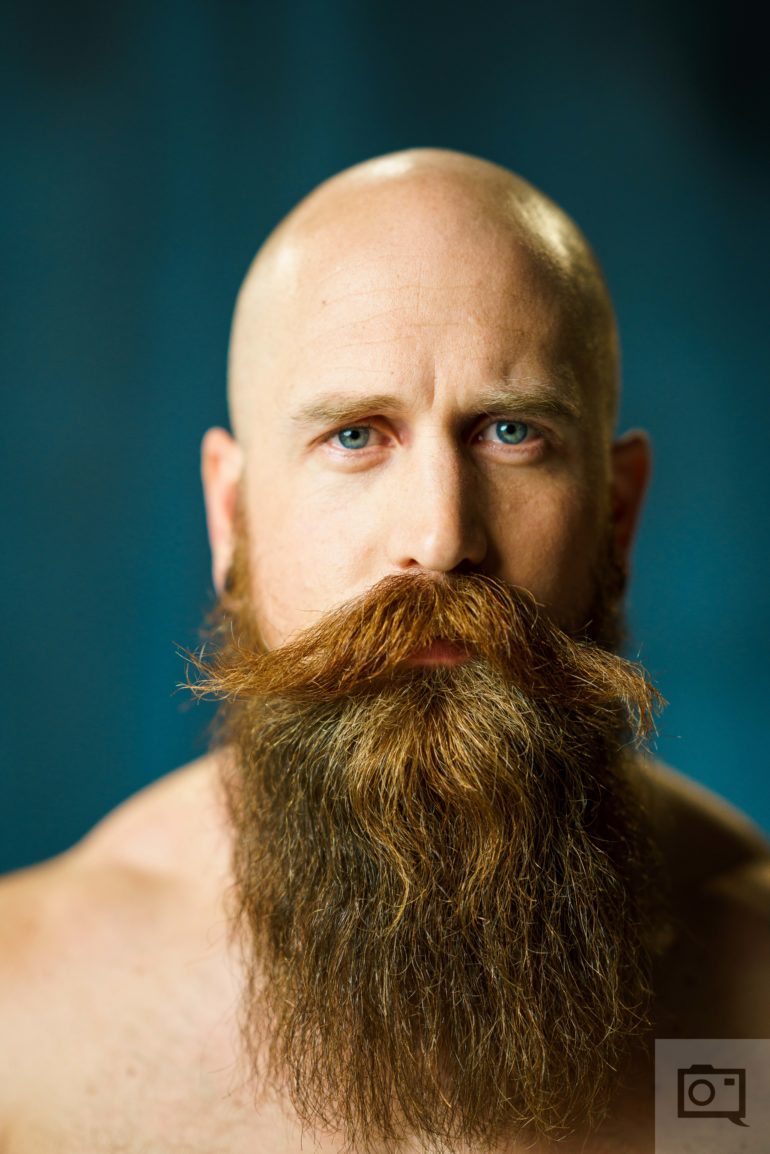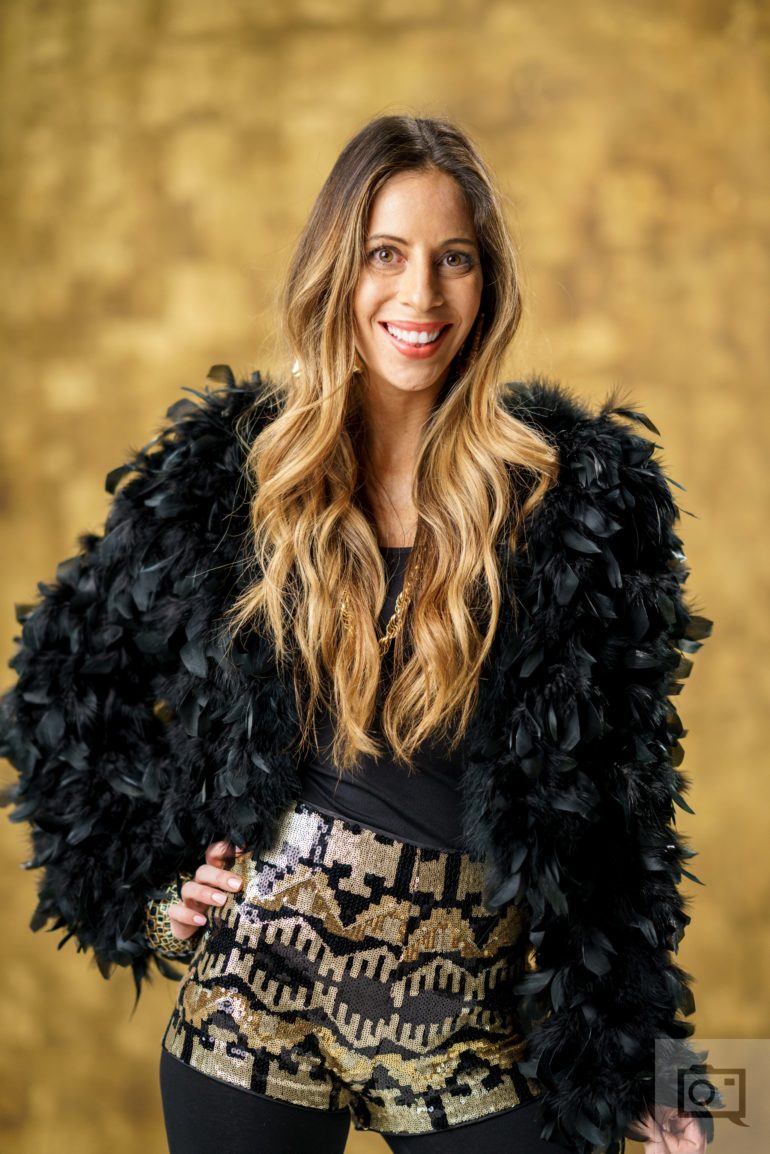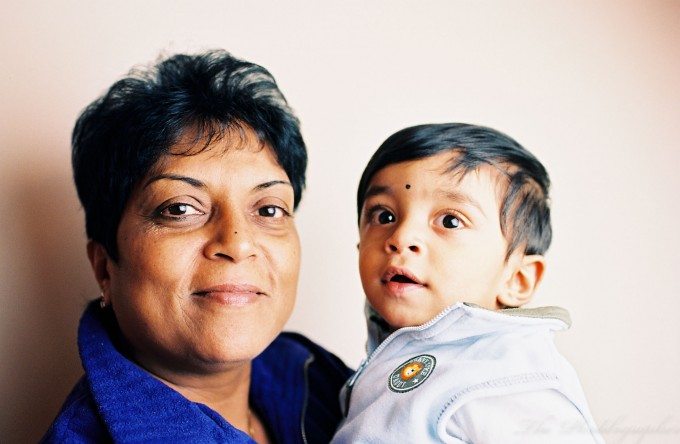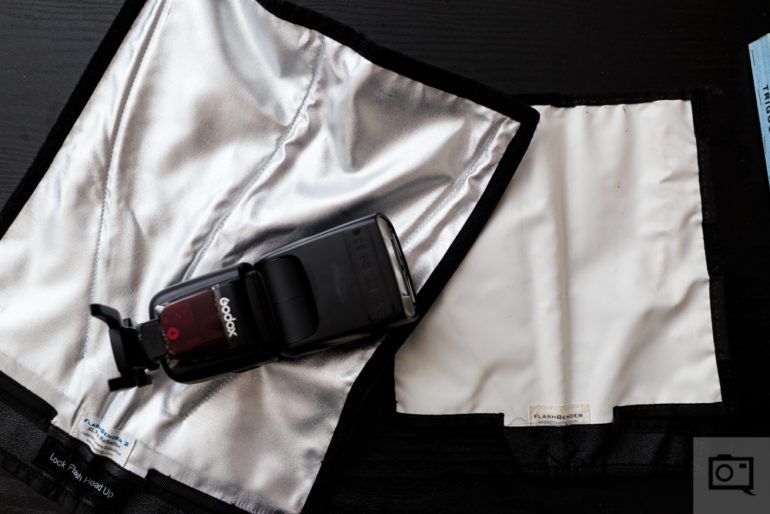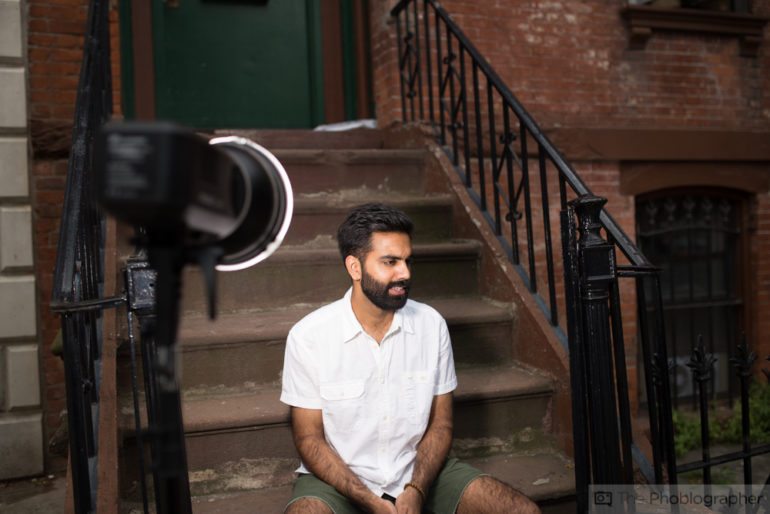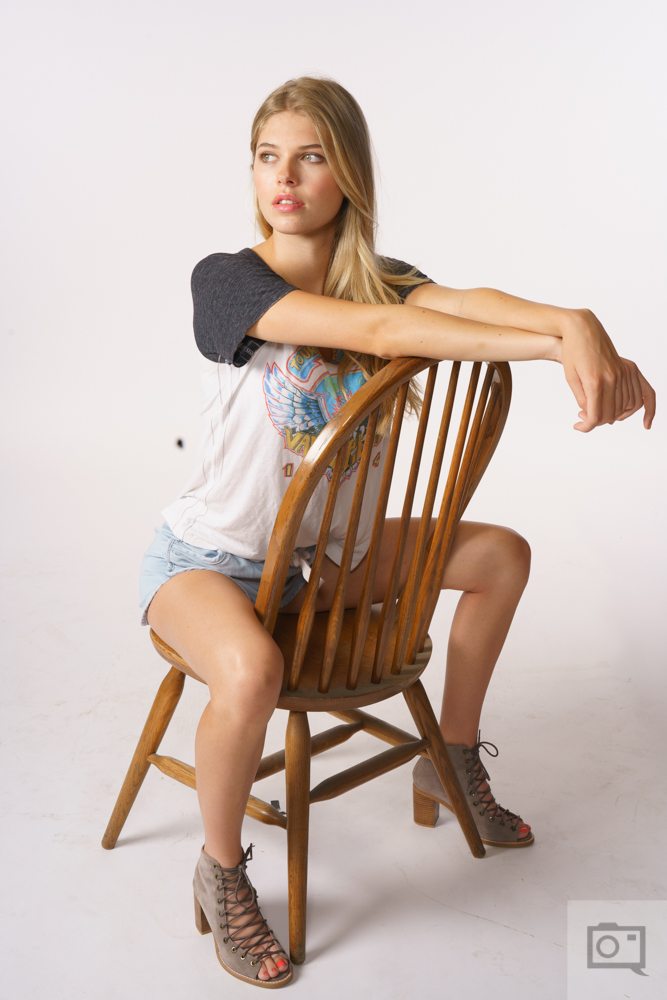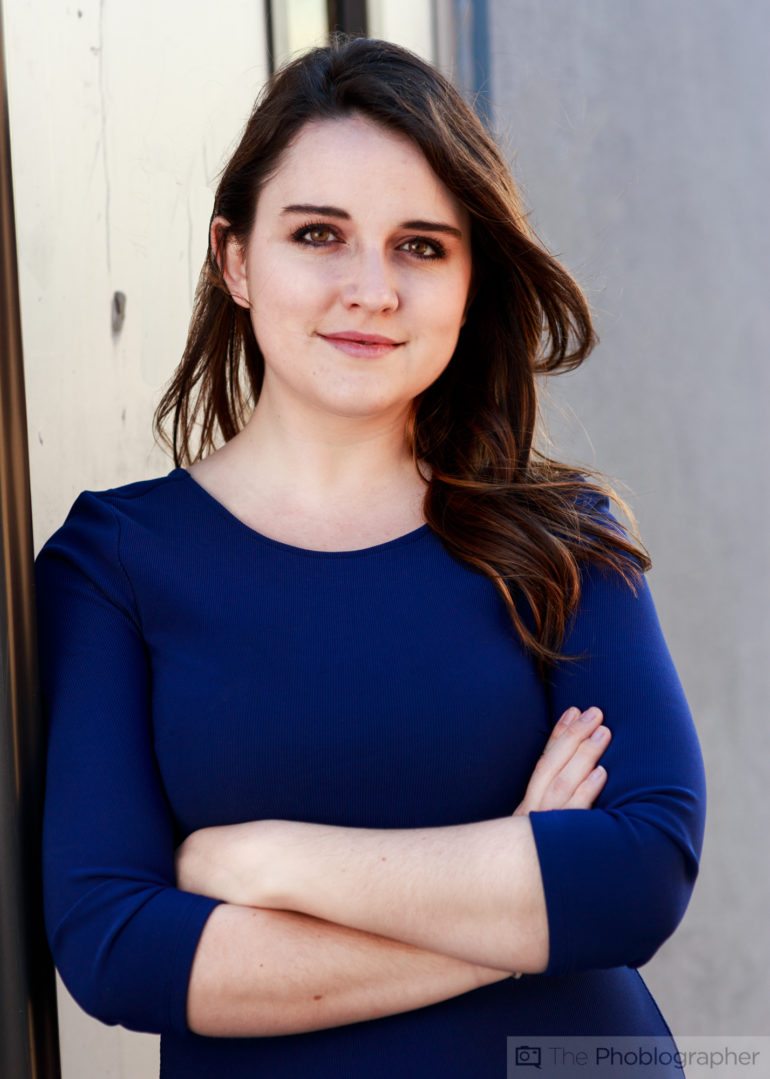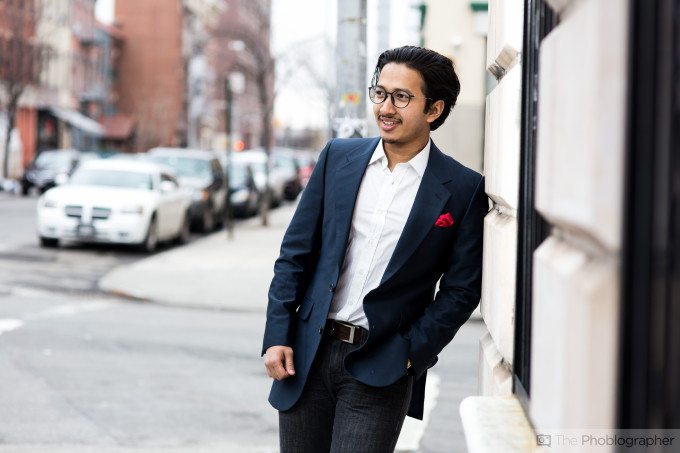Last Updated on 10/17/2016 by Chris Gampat
One of the debates so many photographers have with themselves when trying to evolve is whether or not they should work with constant lighting or flash. They’re both used by professional photographers often, and they’re both capable of delivering beautiful images. But they’re also both very different, not only in the look that they can deliver, but the way they are used. For what it’s worth too, the cost differences can be vast.
Here’s a quick introduction on constant light vs flash.
Constant Lighting
Constant lighting in the past few years has become better and better. The standard these days are LEDs, but both Tungsten and Florescent lighting were otherwise often used. In some studios, they’re still popular. When speaking to many professional photographers, they’ll tell you they prefer the more cinematic look that a constant light can deliver. They tend to give you exactly what the camera and lens themselves are capable of as if you were just adding more natural light to a scene overall.
One of our news writers, Jamiya Wilson, swears these days by constant lighting. He knows how to use flash, but he prefers to simply work with constant lighting because of his creative vision right now. He took describes it as cinematic.
Advantages
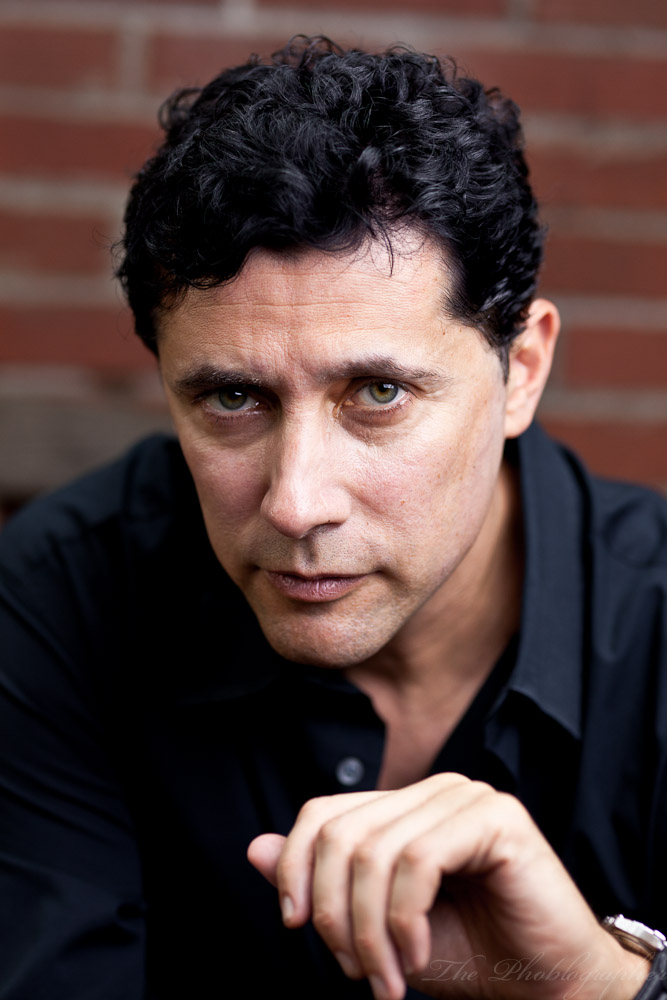
With many LED options, you can also change the color temperature.
Disadvantages
To this day, I still find LED panels and most constant lights to not be worth their money. They’re often large and not very portable to be carried onto a set. Additionally, I don’t like that they can’t help a camera and lens deliver ultimate sharpness–which is only available with the output a flash delivers due to the way that it works.
LEDs are also often not as simple to put into light modifiers. I’ve done it before; and there are constant lights that are simple to put into modifiers. But it’s still cheaper to get it done with flashes generally.
With constantly lighting, it’s also very difficult to do things like overpowering the sun’s light. When you change the exposure of the scene, everything changes relatively. You’ll need extra bright lights to do just that.
Flash/Strobe
My personal favorite type of lighting is with flash and strobe. This type of lighting provides its own unique look but is also overall very versatile. You can make its output look like natural light, like actual strobe lighting, etc. Most professional photographers use flash and strobe. Many amateurs and hobbyists do too for the unique look it can produce.
Unfortunately, most people believe that working with a flash is just to produce fill light. But that couldn’t be any further from the truth.
I typically use flash to get a very specific look in a scene or on a person. It’s more of a creative tool than anything else. Sometimes I use it to augment natural light but most of the time I use it because I want to create my own light in a scene.
Advantages
Well for starters, one of the biggest advantages of strobe lighting is that strobes tend to be smaller compared to larger LED panels. This is because there is a specific chemical reaction that happens to create a small but very powerful explosion. Flash also works with camera shutter curtains accordingly to produce various creative effects that you simply can’t get with constant lights; or at least get them easily.
Disadvantages
So why wouldn’t you use flash? In the beginning, you’re going to suck at using it. It takes time to master, but when you get it you really get it right. You’ll even become addicted to using it. How it looks is also very dependent on your light modifier.
In general, it’s tougher to use; but its also more cost effective and more portable. Personally, I choose flash most of the time because of its extra crystal clear look with specular highlights and the way that flash durations work. Otherwise, it’s very difficult to genuinely create an image with a special feeling and look to it.


